Angelina Sedum
$44.50 Original price was: $44.50.$31.15Current price is: $31.15.
- Free Shipping over $25
- Fast & reliable delivery options
- Enjoy top quality items for less
- Multiple safe payment methods

Every garden has those difficult spots, where nothing grows because the ground is poor, always dry, and the sun beats down all day long. A tough environment for sure, but Nature solves all problems, and the Angelina Sedum is the perfect answer for spots in your garden just like that. Turn that drab and unsightly area into a flowing golden carpet with a plant that takes all the sun and dryness it can get – and then some. The Angelina Sedum is fast-growing and soon replaces dry dust with golden leaves that turn orange in the winter months. Summer is brightened by clusters of light yellow flowers carried cheerfully a couple of inches above the leaves. This great little sun-lover is also perfect flowing between rocks in a sunny rock garden, or in gravel beds, spilling over walls or tumbling out of planter boxes. The perfect groundcover for all your hot and dry spots – and happy as well in any well-drained soil – this is the low-maintenance answer to those nasty hard-to-fill places in your garden.
Growing the Angelina Sedum
Size and Appearance
The Angelina Sedum is a low-growing perennial plant with long, trailing stems that sprawl across the ground, tending to root as they grow. The stems are thin, and only thicken a small amount as they age. Leaves cover the stems for several years’ growth, giving a dense mat of foliage. The leaves are small, about ½ inch long, and they are arranged in rosettes, so that the stems look slightly like a spruce tree branch, but with ‘needles’ that are soft and succulent. In the sun the leaves are a wonderful glowing yellow, which becomes more lime-green in partial shade. In cool zones winter turns the leaves wonderful shades of bright to bronzy orange, making this look like a totally different plant. The mat of leaves and stems rises about 6 inches above the ground, spreading indefinitely, but generally reaching between 1 and 2 feet across. In summer short stems rose a few more inches above the leaves, carrying clusters of small, star-shaped bright yellow flowers. The leaves have a tangy, slightly bitter flavor and they can be scattered raw across a salad for color, crunch and tang.
Using the Angelina Sedum in Your Garden
With its amazing sun and drought tolerance, the Angelina Sedum is the perfect groundcover for dry and sunny parts of your garden. Grow it on slopes and among rocks, where it will form a golden river between boulders. Plant it at the top of – or in the cracks off – a wall, letting it spill down in a charming way. Use it as ground cover where you grow seasonal bulbs, everything from tulips to lilies, so that you don’t have bare spots when the bulbs are dormant. Plant it in containers to spill out over the edges, or use it in a window box you never need to water, with other hardy succulent plants.
Hardiness
Not only is this plant heat resistant, it isn’t bothered much by winter cold either. It is even hardy in zone 3, and grows just about anyway, all the way through zone 10, in both humid and dry zones.
Sun Exposure and Soil Conditions
The Angelina Sedum thrives in full sun, which also brings out the best yellow and orange colors. It will also grow, though, in partial shade, with at least 4 hours of direct sun a day. With shade it tends to become more lime-green, but still very attractive. It grows well in any kind of soil, including poor urban soils, gravels and sands, as well as ordinary garden soils, but they must be well-drained. Avoid wet areas. It also grows well in urban conditions, and is almost indestructible.
Maintenance and Pruning
Almost always free of pests or diseases, the Angelina Sedum is ridiculously low-maintenance, asking for nothing. Although it does spread it isn’t invasive, as it only roots on the surface, so it’s very easy to pull any excess out, or trim it back. Some gardeners like to remove the flower heads when they fade, just to be extra-neat.
History and Origin of the Angelina Sedum
With many different names, Sedum rupestre is also called Jenny’s stonecrop, stone orpine, and prick-madam (although it doesn’t have sharp spines). It is also sometimes called Sedum reflexum, which is currently not a valid name for it. It grows all across Europe, from north to south, in open, dry rocky places. The wild plant typically has blue-green foliage. The variety called ‘Angelina’ was possibly developed in Canada, but when or by who seems to have been lost, sadly.
Buying the Angelina Sedum at the Tree Center
The Angelina Sedum is such a great little plant you will wonder how you ever gardened without it. There are so many places in every garden where it will thrive and look perfect, so don’t hesitate – order now while our stock lasts.
Be the first to review “Angelina Sedum” Cancel reply
Related products
Liriope
Perennials
Catmint
Liriope
Catmint
Perennials
Perennials
Perennials

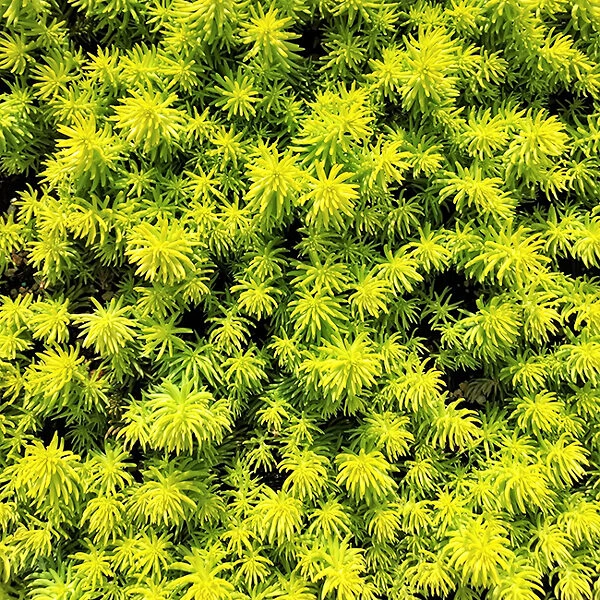
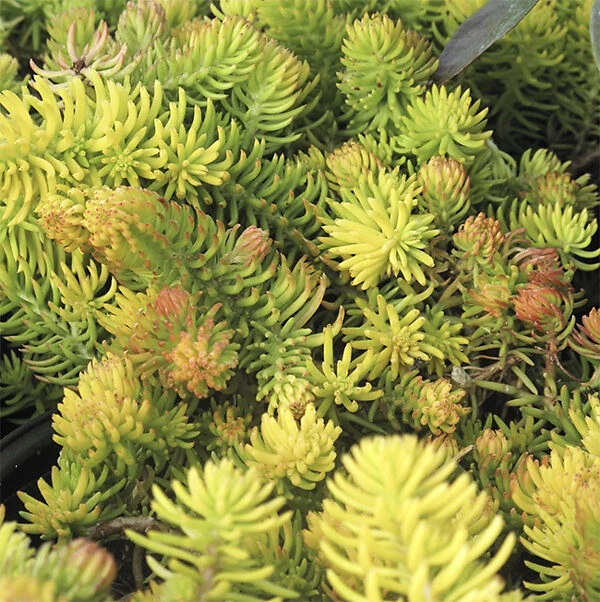
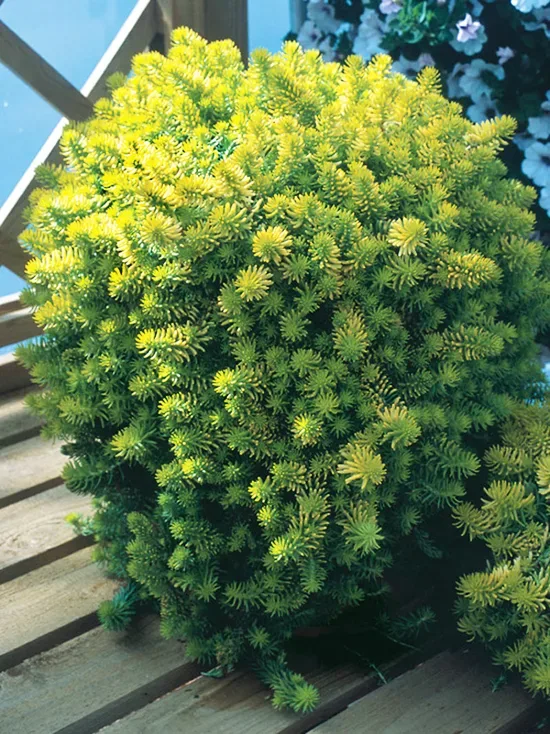
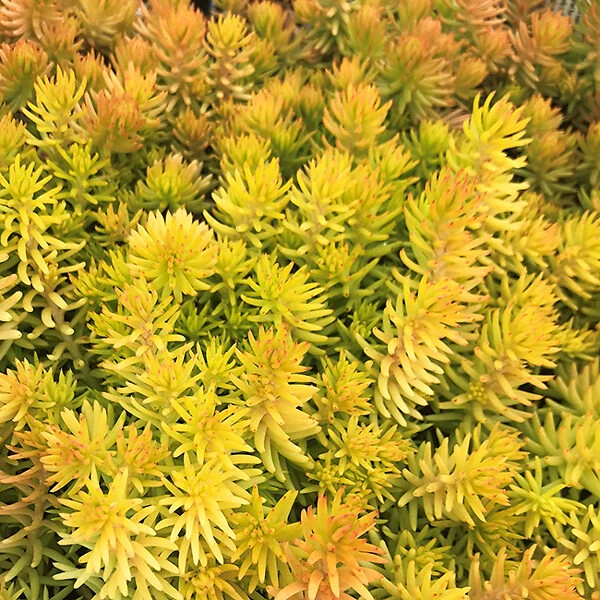

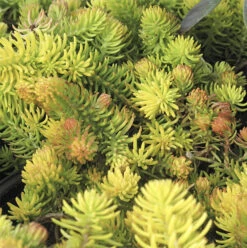


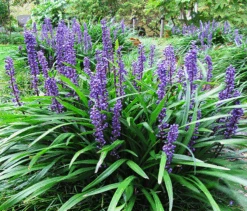
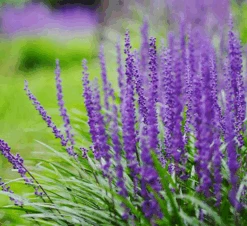
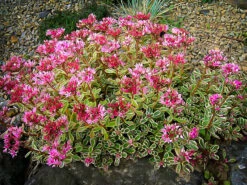
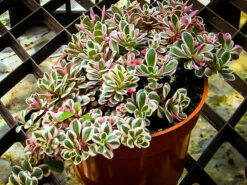
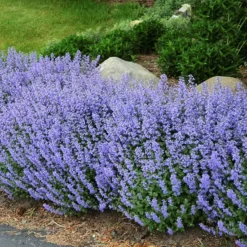



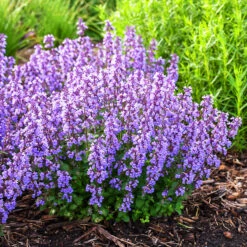
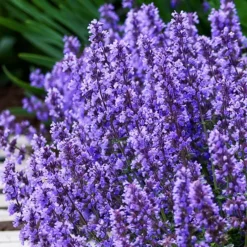
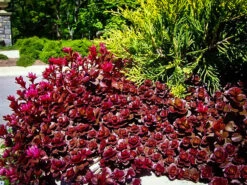
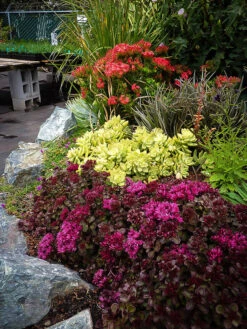
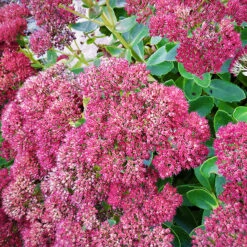
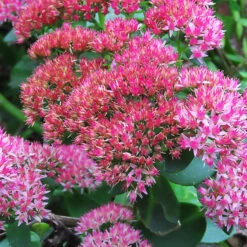
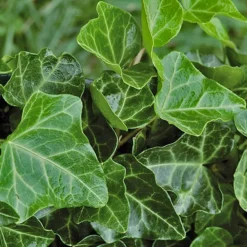
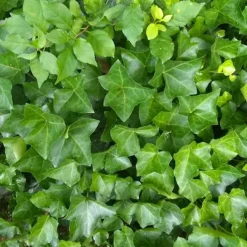
Reviews
There are no reviews yet.